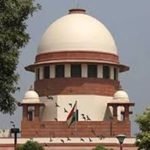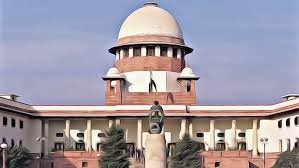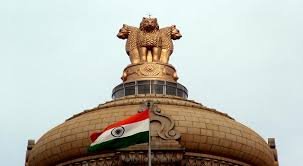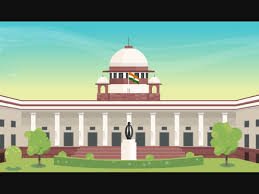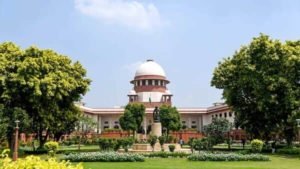The Premises & Policy: The case concerns a property at 50, Ishwar Nagar, New Delhi, insured for Rs. 1.50 crores under a House Holder Insurance Policy valid from 13.03.2016 to 12.03.2017.
The Incident: Between 25.08.2016 and 31.08.2016, New Delhi experienced a heavy downpour, leading to severe flooding in the basement of the Appellant’s premises23. The Appellant was out of Delhi during this period2.
Damage & Initial Actions: The basement was inundated, causing extensive damage to furniture and other belongings2. The Appellant installed a booster pump to drain water, and a surveyor, Mr. Akash Chopra, visited the premises on 03.09.2016.
Survey Reports & Rejection:
The initial survey report by Mr. Chopra was deemed unsatisfactory by the Respondent, leading to a second surveyor, Mr. R.K. Singla, being appointed.
Mr. Singla’s report, dated 06.09.2016, attributed the loss to heavy rain on 25.08.2016 and water ingress from the flooring [3, 6, 13(a)].
The Appellant also obtained opinions from structural engineers who concluded the building was structurally unsafe due to water damage and recommended demolition.
Despite initial findings, the insurance claim was formally repudiated by the Respondent on 23.11.2016, primarily on the basis that the damage was caused by “continuous seepage of water”, which was not a named peril under the policy.
NCDRC Dismissal: Being aggrieved, the Appellant filed a complaint with the National Consumer Disputes Redressal Commission (NCDRC), New Delhi, which dismissed the complaint. This appeal is against that dismissal.
Law Involved
The present appeal arises out of Section 23 of the Consumer Protection Act, 1986.
The core legal issue revolves around the interpretation of terms within the insurance policy, specifically distinguishing between “flood” and “seepage” and whether the cause of loss falls within the policy’s covered perils.
Precedent cases like United India Insurance Co. Ltd. v. Dipendu Ghosh & Anr. and Mahavir Road and Infrastructure Private Limited v. Iffco Tokio General Insurance Company Limited10 were referenced by the parties.
Reasoning
- Appellant’s Contention: The Appellant maintained that the damage was due to “flood” caused by unprecedented heavy rainfall, not “seepage”. They argued that the insurance policy covered flood and inundation. They highlighted that the first surveyor’s report and certificates from structural engineers attributed the damage to heavy rainfall and subsequent water ingress [6, 7, 9, 13(a), 14(b), 15(d)]. They questioned the objectivity of the second survey report, which introduced the term “seepage”.
- Respondent’s Contention: The Respondent argued that “seepage” and “inundation” are distinct concepts and that the policy did not cover “seepage”. They claimed the primary cause of loss was continuous ingress of water (seepage) leading to structural damage. They also submitted that the Meteorological Report mentioned heavy rainfall, but implied it supported their position regarding seepage.
- Court’s Analysis:
The Court found that the first survey report (06.09.2016) clearly stated the cause of loss as “Due to heavy rains in Delhi on 25.08.2016 the water entered from the flooring, resulted in damages to the insured’s building and contents” [6, 13(a), 16].
Certificates from two consulting firms also supported that the damage was due to flooding from heavy rainfall, not structural failure or seepage [14(b), 15(d), 16]. One certificate noted water seepage affecting structural elements but failed to link it to the cause of damage [14(c)].
The Court observed a significant deviation in the second survey report (18.10.2016), which, contrary to the first, attributed the damage to “seepage” and not heavy rainfall/flooding.
The Court found the Respondent’s action of conducting a second survey without furnishing a justifiable reason, and the subsequent change in the cause of damage, to be arbitrary and lacking objectivity. The Court noted that the first survey report, conducted promptly after the incident, had already comprehensively assessed the cause and extent of damage.
Holding
The impugned order passed by the Hon’ble NCDRC dismissing the complaint is set aside.
The matter is remanded back to the NCDRC for the limited purpose of determining the appropriate quantum of compensation payable to the Appellant in accordance with the policy terms and applicable law.
Gopal Dikshit V. United India Insurance Company Ltd.
Supreme Court: 2025 INSC 731: (DoJ 19-05-2025)

